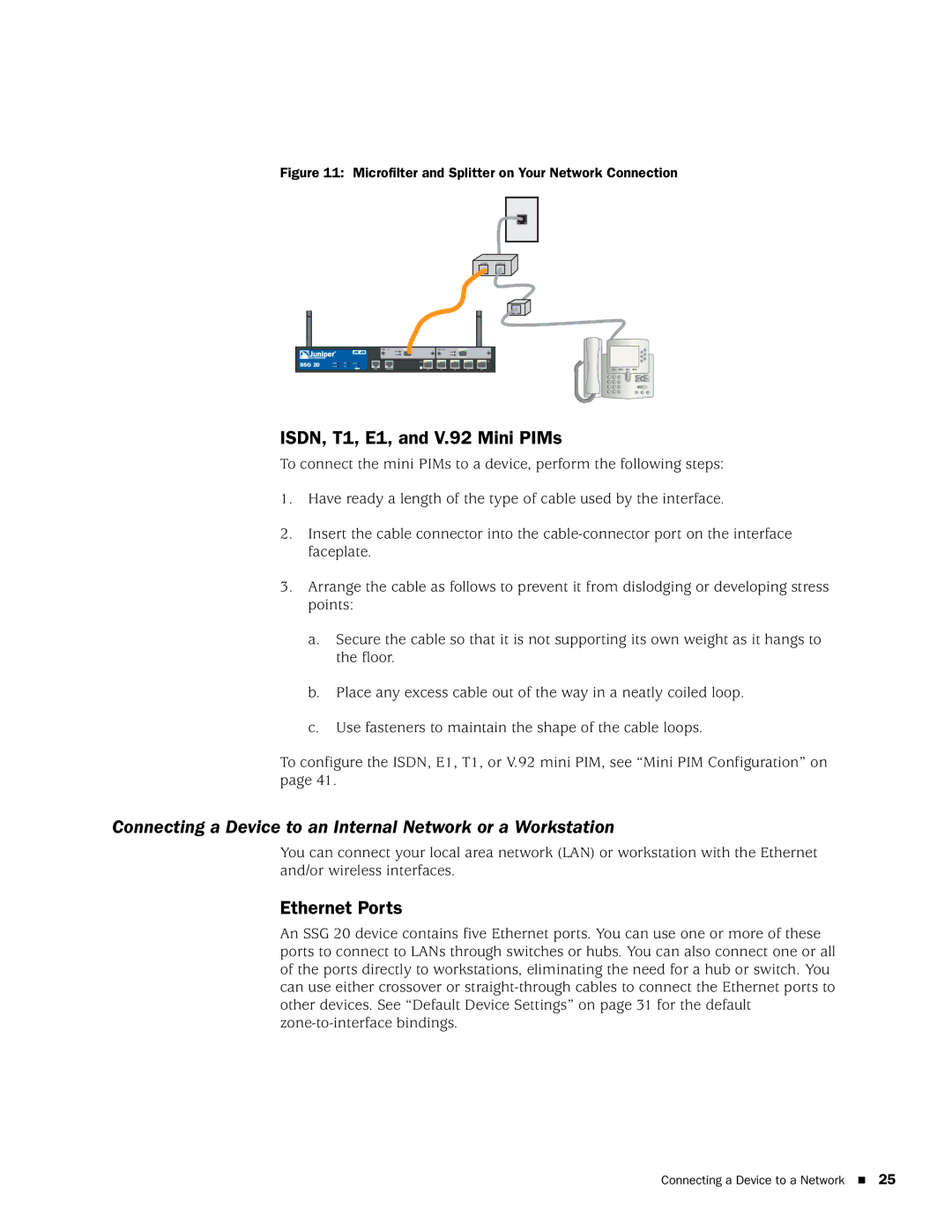
Figure 11: Microfilter and Splitter on Your Network Connection
DATA | VOICE |
SSG 20
ISDN, T1, E1, and V.92 Mini PIMs
To connect the mini PIMs to a device, perform the following steps:
1.Have ready a length of the type of cable used by the interface.
2.Insert the cable connector into the
3.Arrange the cable as follows to prevent it from dislodging or developing stress points:
a.Secure the cable so that it is not supporting its own weight as it hangs to the floor.
b.Place any excess cable out of the way in a neatly coiled loop.
c.Use fasteners to maintain the shape of the cable loops.
To configure the ISDN, E1, T1, or V.92 mini PIM, see “Mini PIM Configuration” on page 41.
Connecting a Device to an Internal Network or a Workstation
You can connect your local area network (LAN) or workstation with the Ethernet and/or wireless interfaces.
Ethernet Ports
An SSG 20 device contains five Ethernet ports. You can use one or more of these ports to connect to LANs through switches or hubs. You can also connect one or all of the ports directly to workstations, eliminating the need for a hub or switch. You can use either crossover or
Connecting a Device to a Network 25
